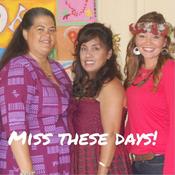 Pua, Liana Aveiro and Jackie Sills at Parker School May Day
Pua, Liana Aveiro and Jackie Sills at Parker School May Day Parker School staff member, Eric Sills grew up with Pua and her siblings and also saw her in action there when she began in 2009. “She carried herself, just so regal. She had a different capacity. It's hard to explain. Her background with hula and her family and the chants and the songs and not just the sacred with her family but the outside, the shopping center hula or just making a song right then and there. She had a gift. She seemed to be an old soul that was in modern day.”
Pua lived in the Kanaka`ole “compound” in Keaukaha until she finished seventh grade, when she moved to Waimea to join her immediate family, who had moved there the year before. After graduating from Waimea Middle School, Pua joined her classmates at Honoka`a High School. Mom, Ulu soon got a call. “Nakamura, the counselor called me on it. They have this split, Waimea and Honoka'a and he was kind of worried about her. And I said, ‘Find something she can get involved in,’ and he did and they (Honoka'a, Waimea folks) have remained friends to this day, all of them. They had their reunion when she passed away. And of course they miss her and they’re screaming at her too, 'How dare you?'
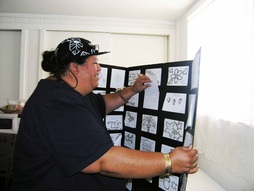 Sister Leiola and the display of cards from students
Sister Leiola and the display of cards from students Along with her husband Sebastian Kalili and three sons Puna, Puhukula and Kanaele, hula was her source, but Pua gave her time to the community in many different ways. “She volunteered a lot cause that's how my mom made us. For many years she volunteered at the Honoka'a High School's alumni concert every year with Gary Washburn and the Relay for Life in Honoka'a. She was also an m.c. for the Waimea Christmas parade, a committee chair person for the Hawaii Island Festivals, a coordinator and chairperson for the Clyde Kindy Sproat Falsetto contest and part of the Paniolo Parade and ho'olaulea. Also we're part of the workshops and registration, all the internal for Moku o Keawe. She also volunteered with Liana Aveiro and Halau Wai`au and Halau Hula Ka Noe`au for the annual Hawaiian Christmas Calabash Concert. Every year they do it and it's a community thing. It's for the kids,” said Garmon-Mitchell.
For Pua that was what it was all about; she was magic with the kids. A Hawaiian studies teacher at Waimea Elementary, she also coordinated their May Day program. Pua also worked with Parker School elementary students on Hawaiian studies and May Day and with the senior’s for their graduation hula. “When she delivers a piece, her kids get it. And not only do they get it but they take it home with them. Pua's purpose was to educate them and enrich them so that they take it home and they teach it. That's how it continues,” said Garmon-Mitchell. Parker School faculty member Jackie Sills recalls, “Pua made everything come alive when she shared the history. She didn't just recite it. It came alive in her eyes and the kids were excited to learn the chants and excited to perform them. It came alive at May Day.”
Pua knew how to reach all of her students with firmness and aloha. “The kids just respected her. She had that fine balance of being firm but always loving. The kids never felt like they were in trouble. They just wanted to rise up to her expectations,” said Sills. No matter what kind of students she had, Pua touched their spirits. Ulu Garmon remembers, “All of these boys will give her a hard time, right up until the day. And then front row, they'll bring tears to your eyes because they are on it.”
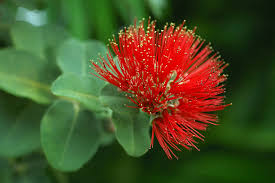
“I drew this because every time Kumu Pua came into the class, she was like the sun that lit us up and she was ready for anything that was in her way.”
“Dear Kumu Pua, This image represents the Kumu Pua I knew and I think of. On Mauna Awakea, the lady who lives there, Poliahu, represents how Kumu was capable of so much. Ka makani, her beautiful voice, Mahina like her different shades of grey and black in her long flowing hair. The kai, her strength. The lei, my many memories of her. The pua, her watching us. Her big heart, her loving smile.”
“My design represents Kumu Pua. The reason I drew my flower so big is because I will always remember how she made a big heart and how her beauty always shined. I will always remember you in my heart Kumu Pua.”
“I drew this because the rock is tough and Kumu Pua was very strong in life. Especially when she chanted. The lei means that all of the students grace her and will always remember her.”
“Stars remind me of Kumu Pua. They last a long time and Kumu Pua will last forever in our hearts, in our minds.”
The Two “Puas”
We were the two “Puas”,
The two who every year shared the gym, scheduled our practices,
Borrowed each other’s kahilis and headed to our May Day Programs.
We were the two “Puas”,
Who said every year that one day we’d just be the Queens of our May Days,
One day we still will!
I will miss you this year sister, it won’t be the same,
But I’ll honor your memory and save you a seat and know that you’ll be,
The light shining, me ke aloha.
---Pua Case
Kumu Pua will be remembered at the upcoming KArts program at the Kahilu Theater. To those who knew her, she is still with us. A playful wind, a sudden shower. Reminders of the beauty of our lives.
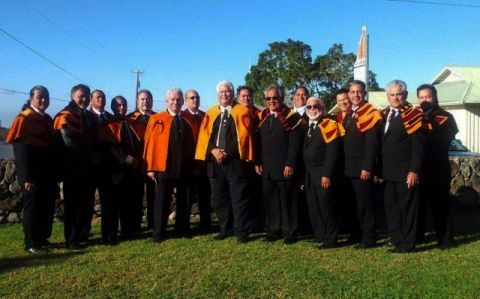
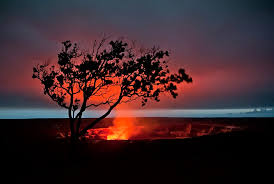
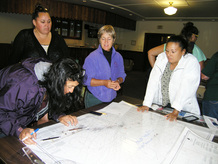
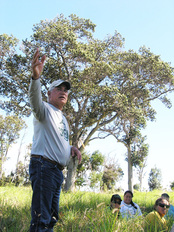
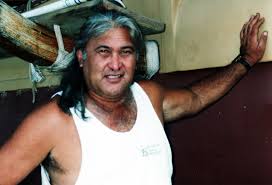
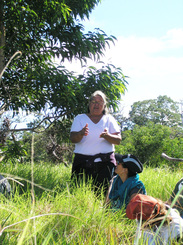
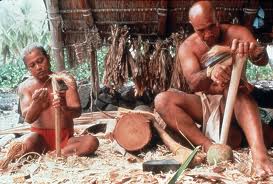
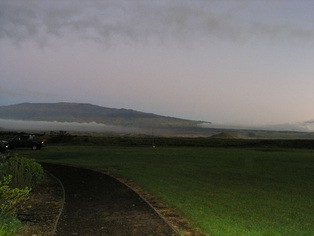

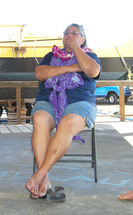
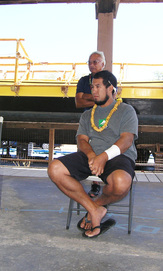
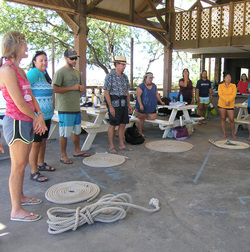
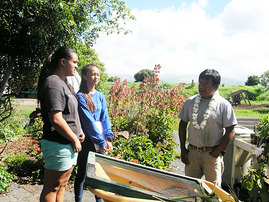
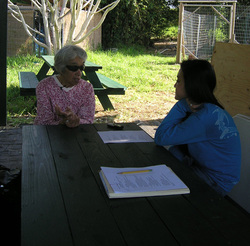
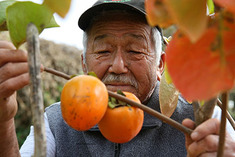
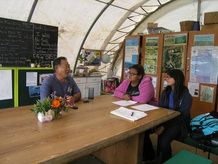
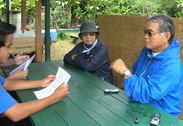
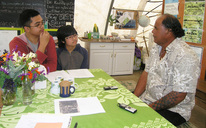
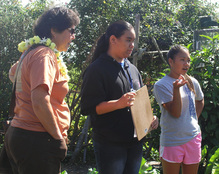
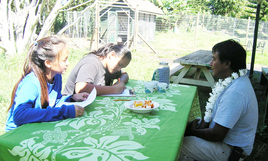
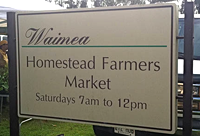
 RSS Feed
RSS Feed
